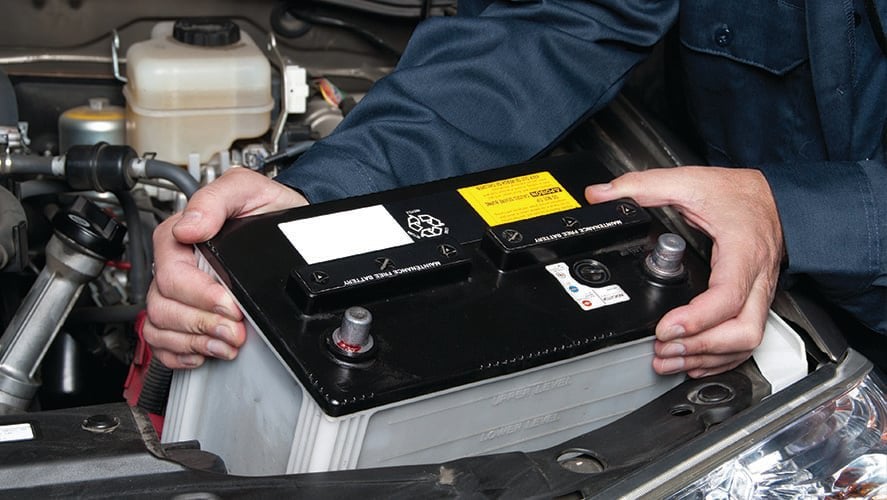Matrix Pricing for Auto Repair Shops [Template]
June 27th, 2022 | 5 min. read

Inflation is no joke! Your bills go up every year, so your fees have to as well. When was the last time you adjusted your pricing strategy?
When your employees work hard and have a high-demand skillset, your business should be turning a profit. However, if you’re failing to price your labor and parts properly, you may be missing out on thousands of dollars in potential profit year after year.
How do you prevent this? Use matrix pricing, a system that uses multipliers to adjust the selling price of parts and labor. Many management systems have built-in matrices, but they're often unused or programmed improperly. Matrix pricing templates built by professionals who know your industry can help you adjust your strategy.
At CSI Accounting & Payroll, we've served many automotive shops for nearly 60 years. While we work with most industries, we have an undeniable specialty in auto repair shops - in fact, that's where we started when we first opened our doors.
In this article, you'll find a link to our matrix pricing template that we use to help our auto repair shop clients.

How a Price Matrix Works
Matrix pricing typically works on a sliding scale - the lower the cost of a part, the higher the multiplier based on a profit margin calculation. As the costs of the parts rise, the markup drops.
Then, you need to account for more extensive repairs and capture the parts markup loss from diagnostic time and labor-intensive jobs. That's where labor multipliers come in.
We advise all of our automotive repair shop clients to use matrix pricing. We've seen that this strategy is key to improving your gross profit margins.
Try a Pricing Matrix for Yourself!
Many management systems have built-in matrices, but they're often unused or programmed improperly. How do you fix this? Use online reference templates to help adjust your pricing strategy. (Just make sure they're updated for inflation since many are not.)
Want to give this strategy a try? Below is a link to download the free template that we use to help our automotive repair shop clients see the benefits of matrix pricing. Check it out:
Some of the most successful auto shop owners implement matrix pricing on parts from the beginning, but it's never too late to start using the strategy!
Looking For an Accountant With Auto Shop Industry Expertise?
We hope our template helps you see the light of using accounting strategy in this time of high inflation. As an automotive repair shop owner who values profitability, you know that looking for an accountant means more than just having someone do your bookkeeping each month and taxes each year.
When you work with a firm like CSI Accounting & Payroll, you also get industry-specific advice on things like labor rates, what to charge your clients, the right parts-to-labor ratio for your shop, how much you should be doing each day to be profitable, and whatever else we can help you with! After working with other auto repair shops for nearly 60 years, we've seen it all.
If you would like to talk with an expert about our services, click the button below for a free consultation:
Not ready to talk yet? That's okay! First, check out our Pricing Calculator to get an idea of what your monthly accounting fee may be!
Brian is the owner of CSI Accounting & Payroll. After earning a double major in Accounting and Financial Management from the University of North Dakota, he joined CSI in 1996 and purchased it in 2002. With decades of experience, Brian now focuses on education: contributing to professional associations and business books, actively participating in continued learning for his team, and, of course, sharing transparent insights on CSI’s website.
.png?width=300&height=420&name=Form%20-%20Auto%20Repair%20Shop%20Matrix%20Pricing%20Templates%20(1).png)



